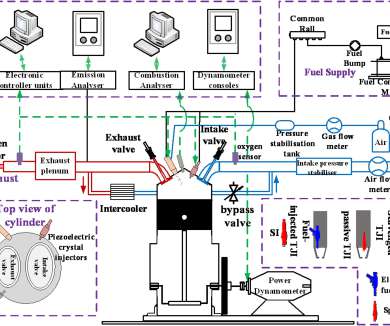DESY study finds edges and corners increase efficiency of catalytic converters
Green Car Congress
MARCH 31, 2018
Catalytic converters for cleaning exhaust emissions are more efficient when they use nanoparticles with many edges, according to a study carried out at the the Deutsches Elektronen-Synchrotron (DESY), a research center of the Helmholtz Association, X-ray source PETRA III. Credit: DESY, Lucid Berlin. Click to enlarge.




































Let's personalize your content